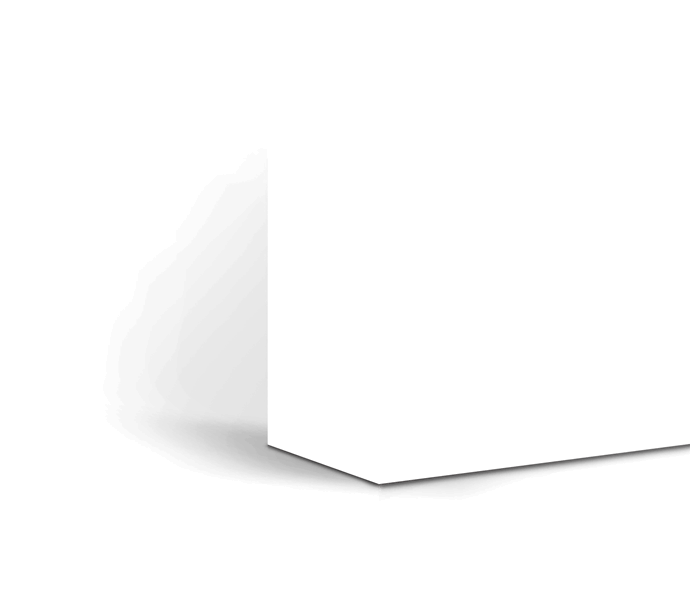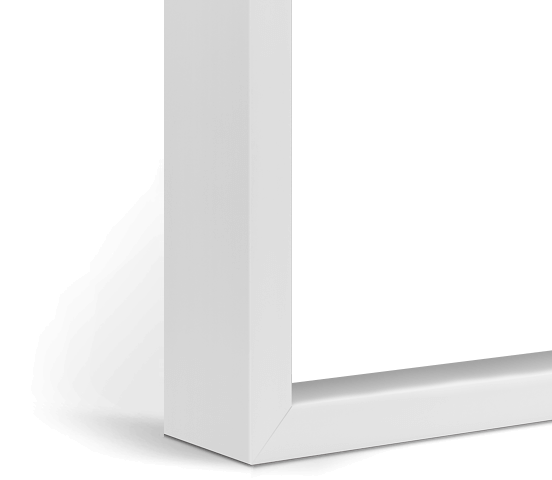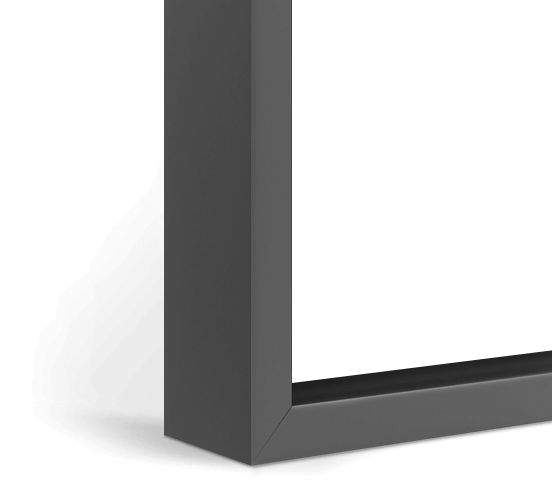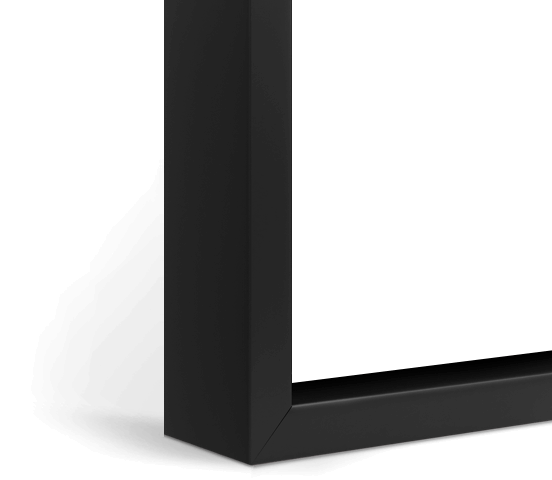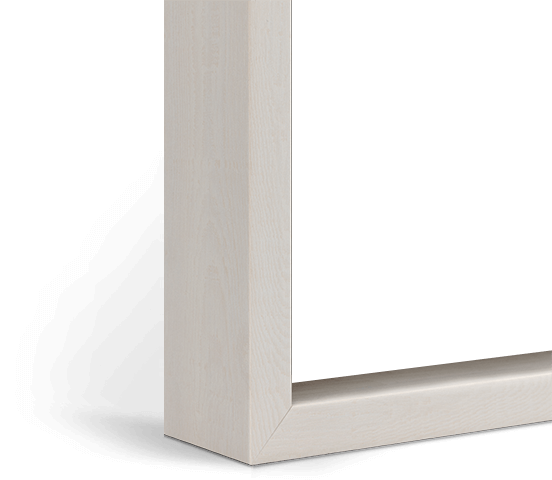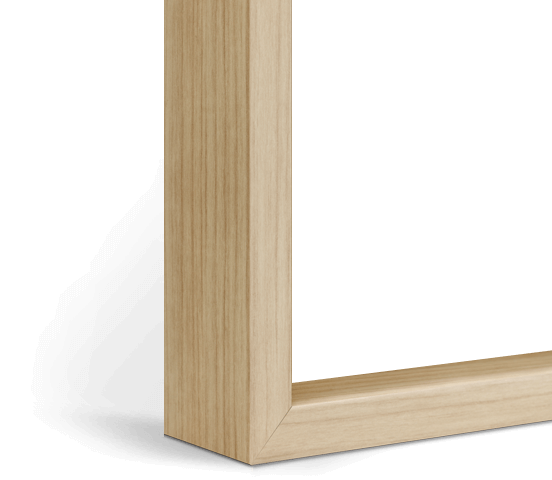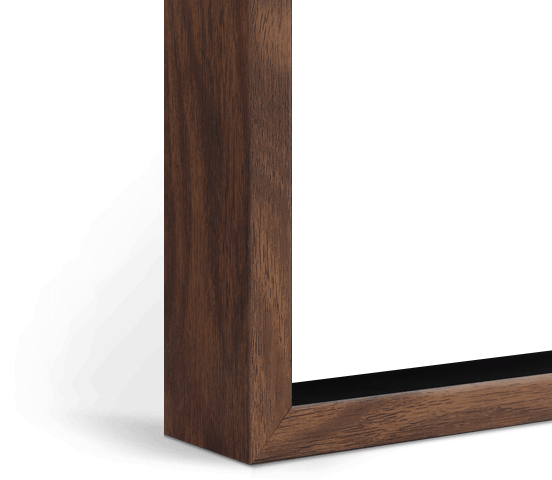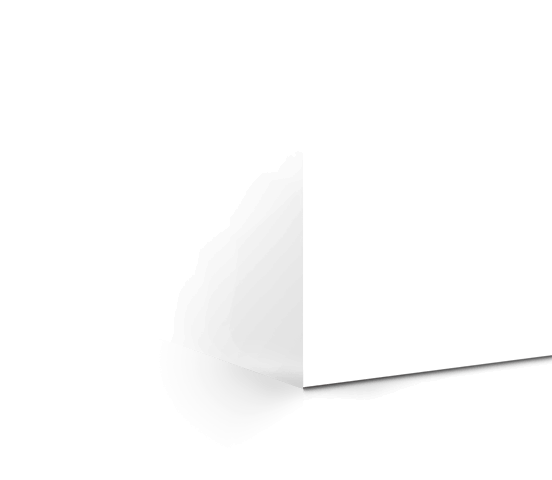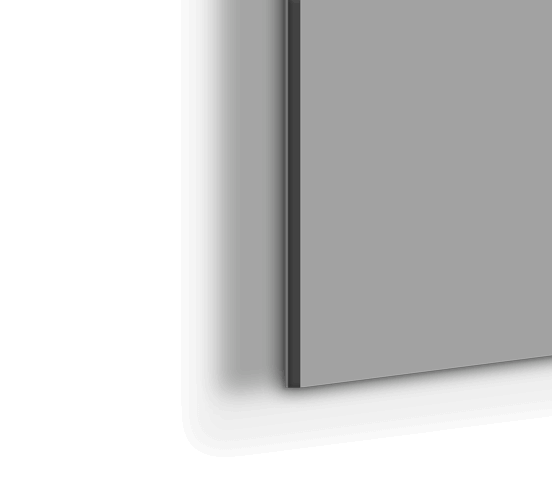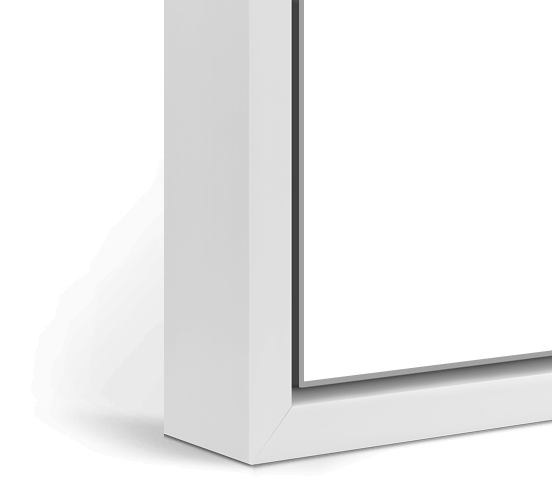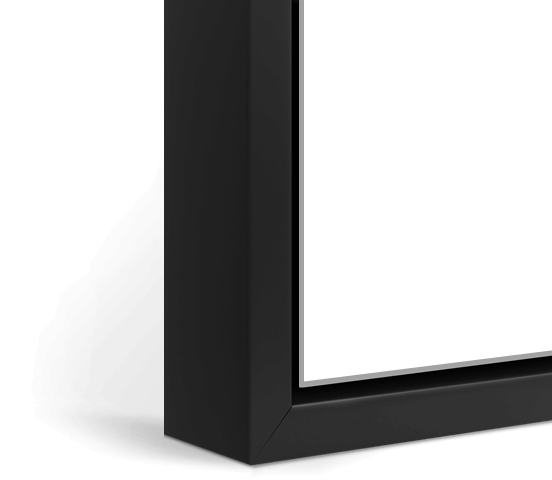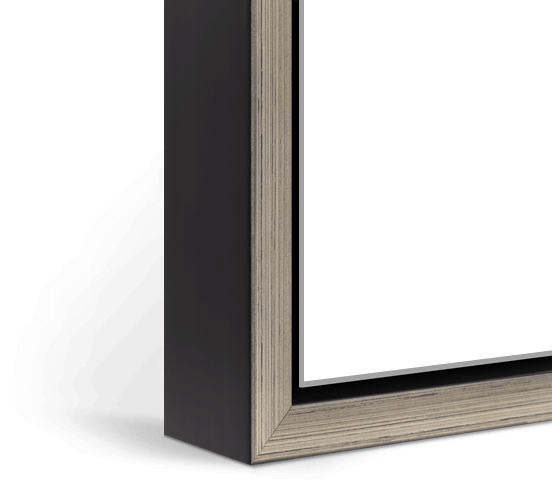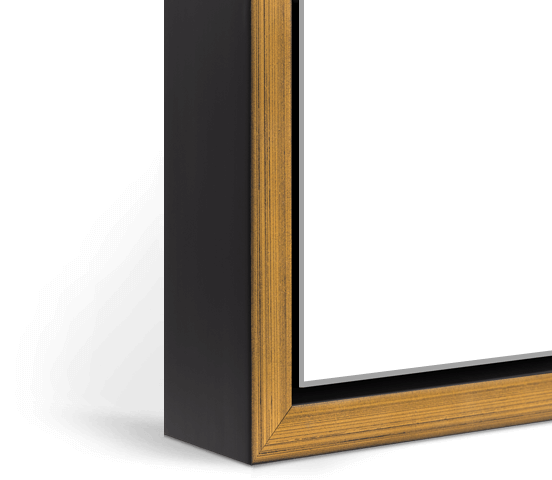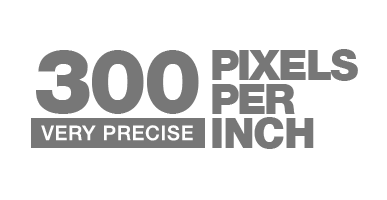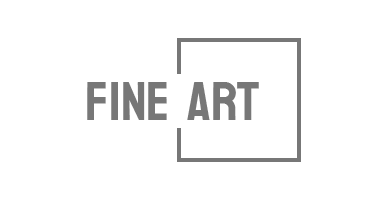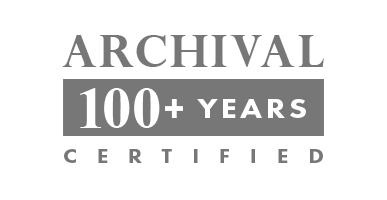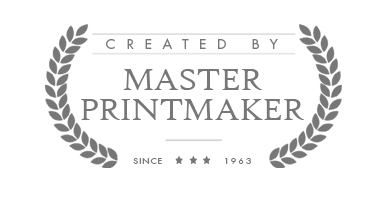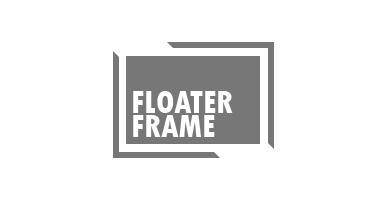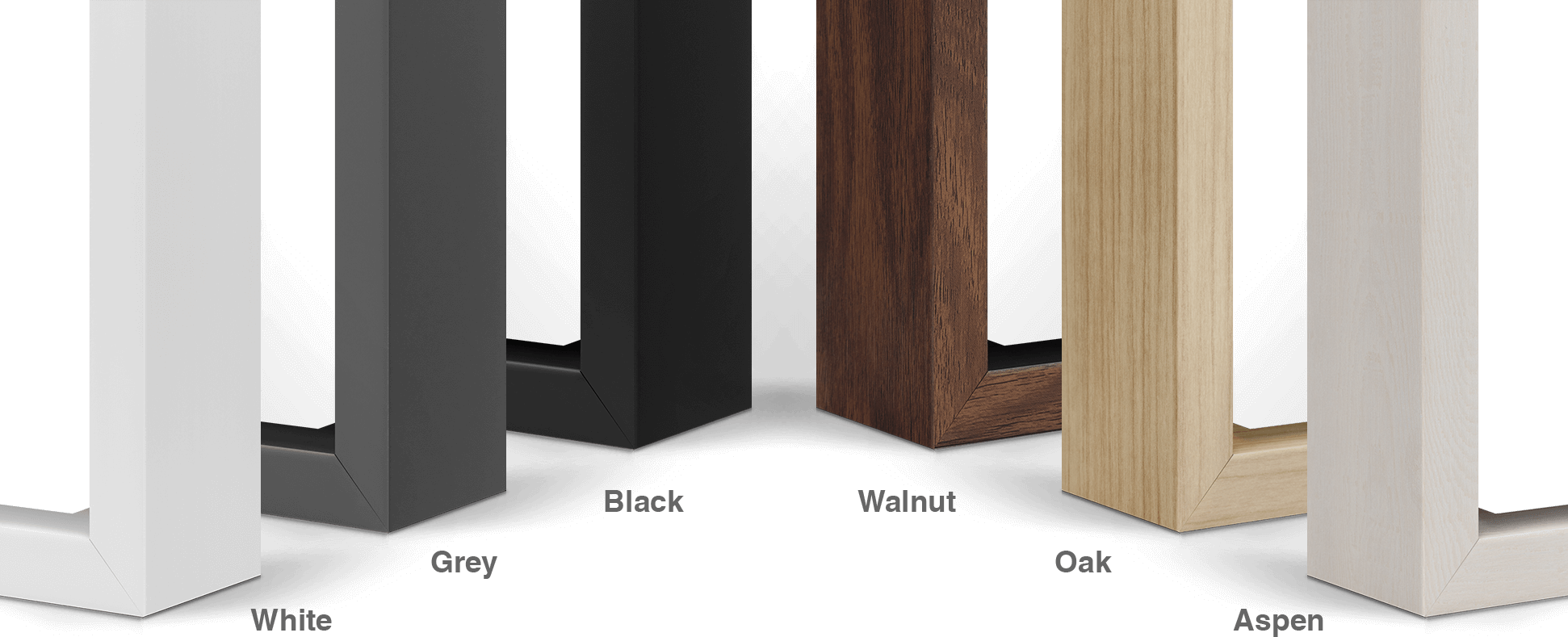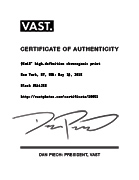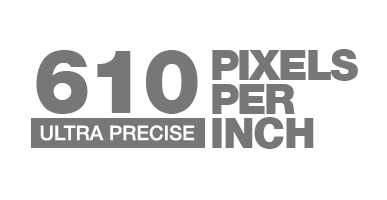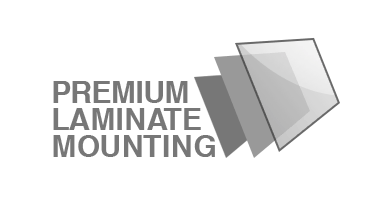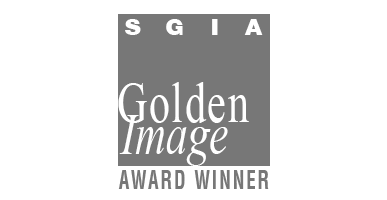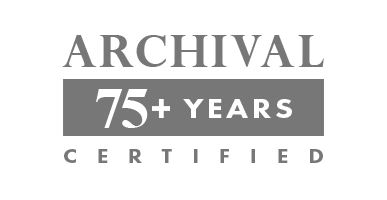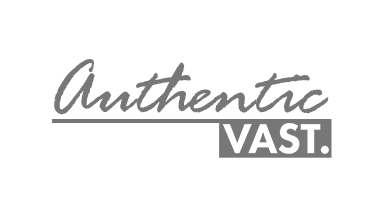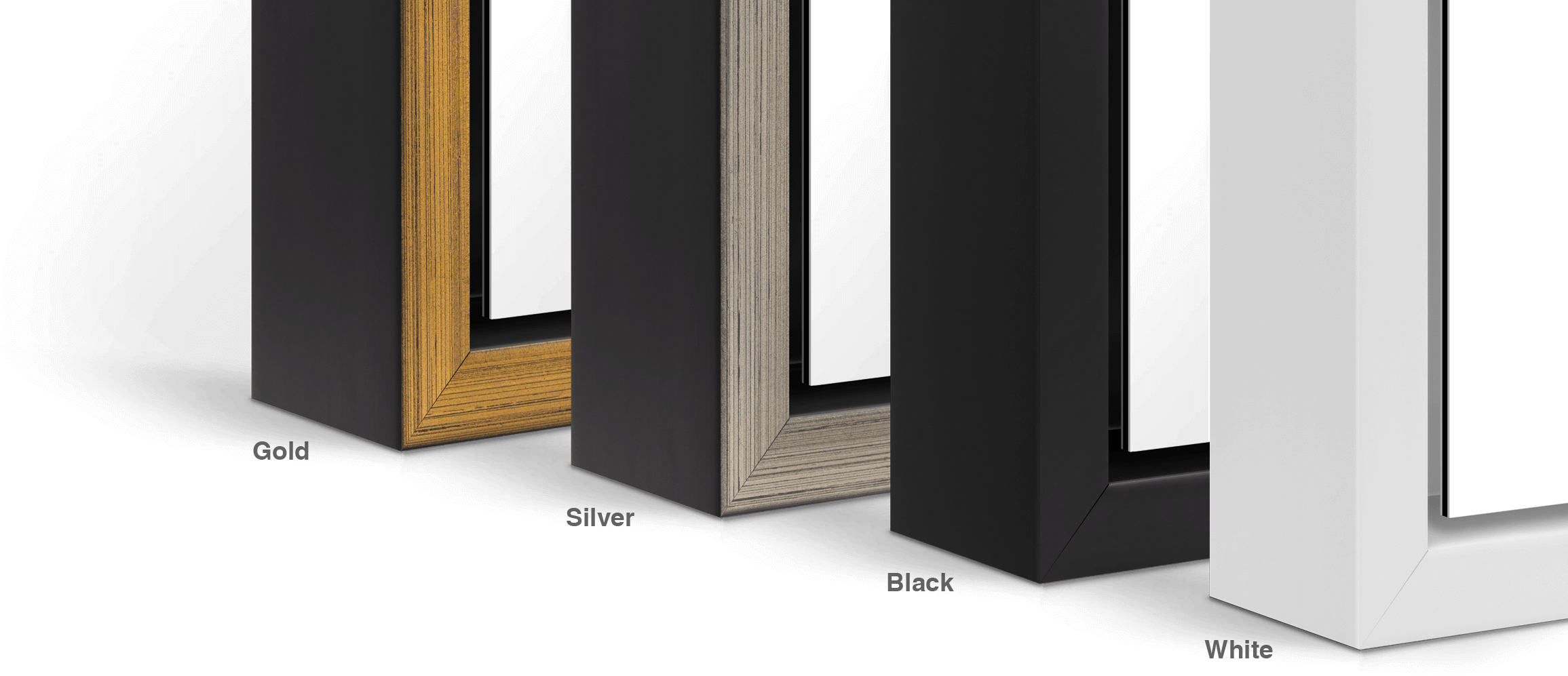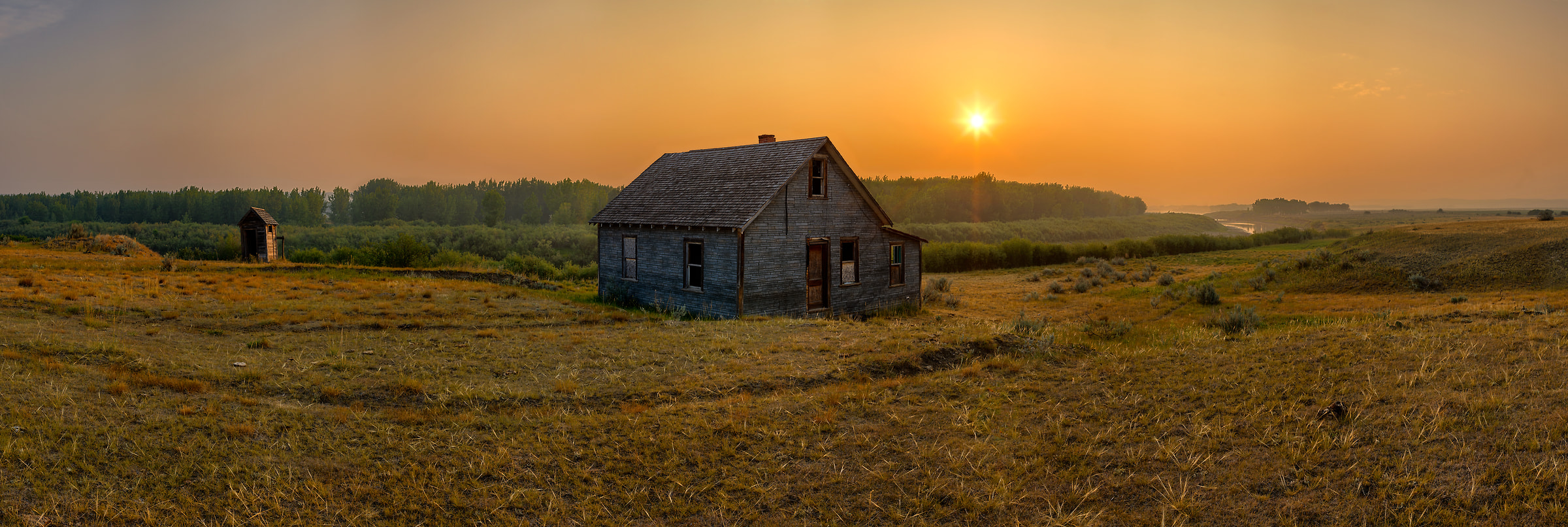
This photo is 950% higher resolution than a typical photo.
Scroll to learn more.
This
220 MEGAPIXEL
VAST photo is
PERFECTLY SHARP
even at very large print sizes.
FREE SHIPPING FOR LIMITED TIME

This photo is 950% higher resolution than a typical photo.
Scroll to learn more.
This photo is
950% higher resolution
than a typical photo.
Scroll to learn more.
220 MEGAPIXEL VAST PHOTO
Saskatchewan, Canada
On this day in July 2015, in the Canadian province of Saskatchewan, there were 118 active forest fires burning. They had already destroyed 400,000 hectares. An average year sees about 30,000 hectares destroyed, so this was not a typical year for forest fires. Many of the towns in the north had been evacuated, but in the south and central parts of the province the problem was smoke. There were many health advisories as thick smoke drifted south across the prairies and into the northern states of the USA. At times, this smoke became so thick it turned day into night.
I have experienced heavy forest fire smoke in other parts of Canada and knew firsthand the health dangers it can present. But I also knew the amazing photographic opportunities it can present, as well. I have seen the sun at noon so obscured by smoke that it appears as just a red ball in the sky, easily viewed directly with the naked eye.
I had already planned to leave for several days of photography in central Saskatchewan, about a five-hour drive from my home, when I heard the news of the problems with the heavy smoke drifting towards my destination. I did not change my plans other than to pack my particulate respirator as part of my photography kit.
I knew from experience that, even on a cloudless morning, smoky haze low on the horizon can transform sunlight into a lovely soft orange glow that stretches for miles. Such was the case on this early morning when I set up the special equipment I needed to create this VAST photo in front of an old abandoned homestead along the South Saskatchewan river.
Once the sun was above the horizon, it started to illuminate all the heavy smoke that lingered above the river, creating a wonderful glow. This allowed me to capture a special, once-in-a-lifetime image of radiant splendor surrounding this old property and its accompanying outhouse. Unfortunately, the one photo I forgot to take over those few days was a self-portrait of me working behind the camera while wearing a respirator!
| Date & Time | July 3, 2015: 5:17am |
| Location | Saskatchewan, Canada |
| Coordinates | 51.474766, -109.167953 |
| Focal Length | 45mm |
| Aperture | f16 |
| Shutter | 1/40 |
| ISO | 100 |
| Num of Exposures | 63 |
VAST photos are the highest resolution photos ever made.
Learn more
Its resolution is 950% greater than a typical photo. Click on the boxes below to zoom in.
Our ready-to-hang canvas prints are created using a specialty printer that carefully lays pigment inks down onto archival-quality fine art canvas material. The canvas is then stretched around a 1.5-inch-deep wood support structure to provide depth and elegance. Our canvas material has a delightfully matte finish that looks spectacular in any lighting conditions while retaining maximum vibrancy and contrast. Click here to learn more.
Produced using a specialty, large-format fine art printer operating at 300ppi resolution—the gold standard for sharpness
Printed onto heavyweight, 100% acid-free fine art canvas to preserve color-accuracy and longevity
Created using materials and methods that exceed the rigorous technical standards required to achieve the prized "giclée" industry rating
Designed to meet the most demanding standards for color-permanence set by leading museums
Handmade by award-winning master printmakers with over 4 decades of experience
Optionally accompanied by your choice of elegant floater frame available in a variety of trims
A VAST Print™ represents the pinnacle of the photographic medium. Each print is a true photograph created specifically for you using light-sensitive paper exposed in a darkroom with the industry's highest precision exposure technique. Your print is then sealed with a shine-enhancing protective glossy coating*, adhered to a sturdy aluminum composite backing, and finished in one of two ready-to-hang formats:
*Note: a non-glossy, satin matte coating is alternatively available on request.
Laser-exposed at a truly unprecedented 610ppi resolution
Created using fine art paper with a specialty emulsion enabling unsurpassed micro-contrast, ultra-bright whites, and deep blacks
Printed with a chromogenic process that produces "continuous tones" of silky smooth color (other printers use noticeable dots of ink)
Sealed between an extra-thick, shine-enhancing protective coating and a sturdy aluminum composite backing for a sleek look
Award-winning product quality recognized industry-wide
Designed to meet the most demanding standards for color-permanence set by leading museums
Handmade by certified master printmakers with over 4 decades of experience
Hand-signed by the artist and accompanied by our digitally-enhanced, holographic certificate of authenticity
Optionally accompanied by your choice of elegant floater frame available in a variety of trims
Due to their record-setting resolutions, VAST photos are the most versatile images ever created, with the quality necessary to look great at any size and in any project. Purchasing one of our standard royalty-free licenses provides you with the digital file at your choice of resolution and a permit to use it for most types of projects. Click here to learn more.
For a premium license that gives exclusivity, glass-related use in North America, or use in merchandise for sale, contact us.
| Width | 25,623 px |
| Height | 8,603 px |
| Aspect Ratio | 2.98 : 1 |
| Date & Time | July 3, 2015: 5:17am |
| Location | Saskatchewan, Canada |
| Coordinates | 51.474766, -109.167953 |
| Focal Length | 45mm |
| Aperture | f16 |
| Shutter | 1/40 |
| ISO | 100 |
| Num of Exposures | 63 |
Here are some rough guidelines for this specific photo:
